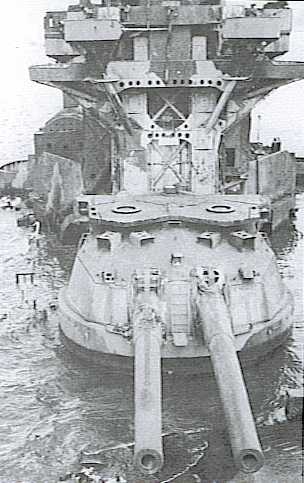The next logical step for an improved Hamilcar type would have been to go to four triple turrets of 12". While the design work was still being laid out Britain advised Greenland of the Royal Navy upgrading its latest Orion design to 13.5". Only weeks later and the US Navy went to 14" for its New York class battleships. A battleship with 12x12" was obsolete. But the designers felt their was nothing wrong with the design if twin 14" were substituted for the triple 12". The Greenlandian Navy had no use for the 'Q' turret used by the RN and USN as it needed the space for its speed requirement of 25 knots for these ships.

The rest of the worlds navies classed the Malchus as a battlecruiser, in the Greenland Navy they were classed as battleships. These were the first true 'fast' battleships into service but were far outclassed by the 15" armed Queen Elizabeth class when they started entering service 12 months later. By the end of World War One, the battlecruisers of Germany, Britain and the United States were as good as the Malchus, some were much better. They had been designed to be better than the Lion/Tiger and Kongo type ships and that they achieved. They were considered a success by the Greenlandian Navy and their length of service proved they had been a good investment.
.png)
1932 and the ships twentieth birthdays were fast approaching. Keep or scrap? That was the question. The Japanese refusing to ratify the London Naval Treaty and that countries refurbishing of its Kongo class showed the way ahead for the Malchus class. Rebuilding the ships started in 1934. This would entail a complete refurbishment of virtually everything from B to X turret including the machinery spaces. New dual purpose secondary armament, multiple gun AA mountings and a new light AA gun mounting that could be fitted in those spaces just big enough but not big enough for anything else. The 6" guns were removed and plated in giving space for shell handling rooms for the new dual purpose weapons. New bridge superstructure and funnel. The big question was whether to fit aircraft handling facilities. It was decided that these ships roles would include long range cruising on the trade routes in search of enemy commerce raiders and aircraft could be very useful for this role. So I get to start with a clean sheet. Here goes.
